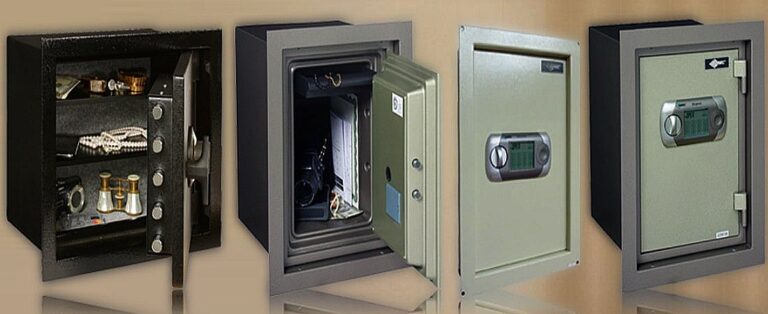Padlocks are made of several components and the process is quite a long one and take place in multiple locations by different factories.
The raw materials used for manufacturing padlocks are steel and brass. Steel is ideal because of its strength and ability to resist corrosion while brass provides an attractive finish for the lock body. The manufacturing process typically involves cutting, bending, and assembling the different parts.
The Body
The body of padlock is typically made of several metal sheets that have been laminated together. This helps to make the lock body stronger and hard to break.
Cheap padlocks use brass or aluminum because they are effective for environmental resistance but they are also very soft, high security padlocks use stainless steel because it is much more robust.

The Shackle
The shackle is made by cutting steel rods to fit into specific holes on top of the lock body then these rods are bent by a robotic arm and tempered with heat to add more strength.
Slots are cut into at the bottom of the inside of the shackle so that when the locking mechanism is engaged latches can catch onto these slots and keep them secure until unlocked again with a key.
The Lock Mechanism
This stage involves all the parts that located within the body of padlocks like the lock cylinder, pins and springs. Keys are cut for each individual padlock based on their pin profile configuration and according to their specifications then passed on to quality control for full inspection.

Finishing Up
By the end of production process it is time to get all parts assembled. Each padlock should have its lock cylinder and all related parts inside each unit as well as a key that match their internal pin profile configuration.
Springs are placed at the base of the body followed by another casing which closes up the entire outer shell to providing it with even more security against any forced attempts.

After assembly is complete they are subjected to quality control tests for strength and ease of use and only after passing these precise tests they are being packed and dispatched to retail stores around the world.




